Meditation Mastery: Learn How to Meditate
Unlock Your Inner Calm: Master the Art of Meditation
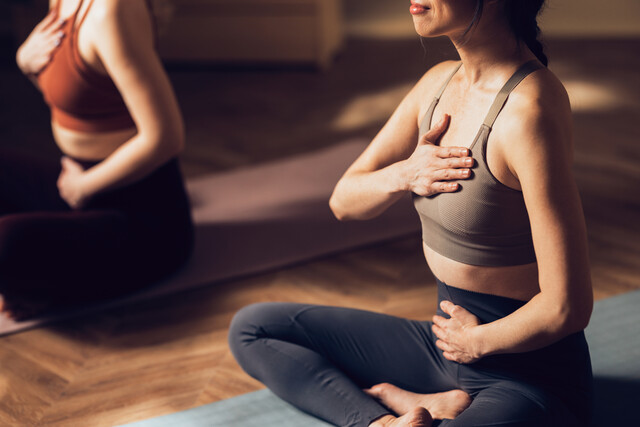
8 Hours average completion time
0.8 CEUs
12 Lessons
19 Exams & Assignments
73 Discussions
12 Videos
13 Reference Files
101 Articles
Mobile Friendly
Last Updated December 2025
Can you imagine a life where your mind is a source of peace and strength, where calmness flows through you like a gentle river even amidst daily challenges? What if you had the power to control your thoughts, steady your emotions, and tap into a deeper well of wisdom within yourself? Meditation Mastery is more than a course; it's a path toward true mental clarity, emotional resilience, and enriched creativity. This transformative journey goes beyond the surface, taking you into the profound depths of mindfulness and self-awareness that meditation has inspired for thousands of years.
In Meditation Mastery, you'll discover the art and science of meditation from the ground up. Through techniques that include classic seated meditation, breathing practices, and the dynamic integration of yoga, you'll not only learn how to meditate-you'll understand the very essence of mindfulness, experiencing how it can reshape your daily life, your relationships, and your sense of self. This isn't just about learning a new habit; it's about embracing a practice that can anchor you, empower you, and help you find clarity in a chaotic world.
The course introduces you to the foundational skills needed for meditation, from creating a peaceful physical space to practicing different postures that promote both comfort and focus. You'll explore various breathing techniques that naturally soothe the mind and guide you into a state of profound relaxation and presence. Each practice is designed to help you find the right balance: a place where you're fully engaged in the "now," without forcing or judging, simply present and aware.
Our exploration goes even deeper as we examine the health benefits of meditation, revealing how it can reduce stress, improve focus, and promote better sleep. Drawing on recent scientific insights, you'll see how meditation can benefit not only your mind but your body, nourishing your nervous system and supporting your overall well-being. You'll learn how these practices can become a sustainable part of your daily and weekly routines, so you're consistently rejuvenated, balanced, and clear-headed.
Throughout the course, you'll uncover the historical roots of meditation, tracing its evolution from ancient Vedic practices to modern-day wellness applications. You'll also see how meditation has woven itself into spiritual practices across diverse religions, showing its universal appeal in the search for peace and understanding.
Each lesson invites you to experience meditation as a deeply personal, transformative journey. Whether you're new to meditation or have dabbled before, Meditation Mastery meets you right where you are, providing a supportive, insightful guide every step of the way. You'll learn not only how to meditate but why meditation has become an essential practice for people seeking a fuller, more balanced life.
If you're ready to make a change that goes beyond the superficial-if you're seeking to truly connect with yourself and find a place of peace within-Meditation Mastery is your path forward. This isn't just another course; it's an invitation to discover the power and peace that lie within you. Take the first step today toward a more centered, inspired life.
- Emotional resilience and calmness
- Stress reduction and relaxation
- Mindfulness and mental clarity
- Balanced emotional well-being
- Creativity and self-expression
- Cultural and historical appreciation
- Body-mind awareness and alignment
- Consistent personal growth and insight
- Enhanced focus and concentration
- Self-acceptance and understanding
- Improved sleep quality
-

Advocacy for Elderly Patients
-

Sociology 101
-

Life on Your Terms: Awaken Your Inner Coach
-
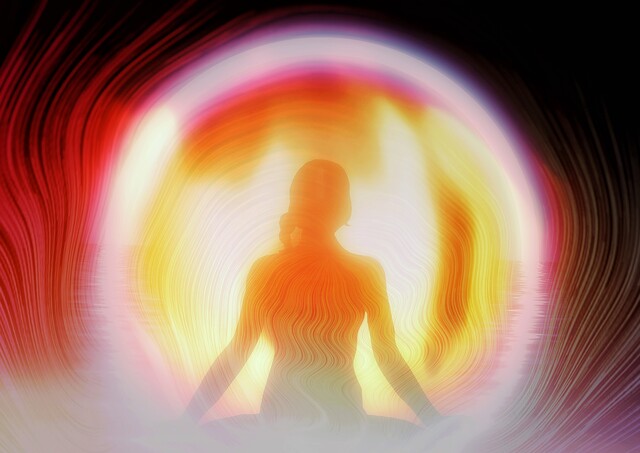
Auras: Viewing, Identifying, and Understanding
-

ICD-10: Medical Coding
-
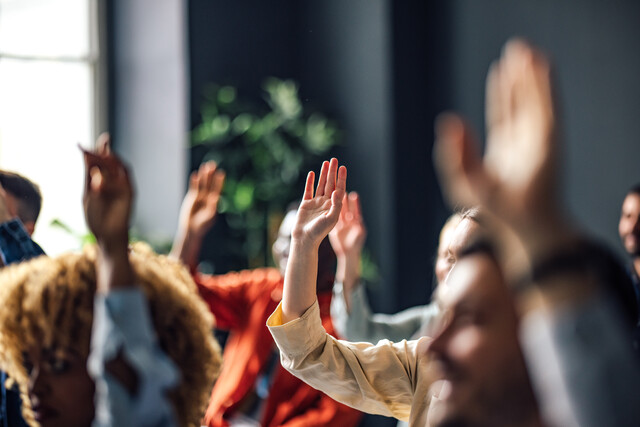
Understanding Learning Styles
-
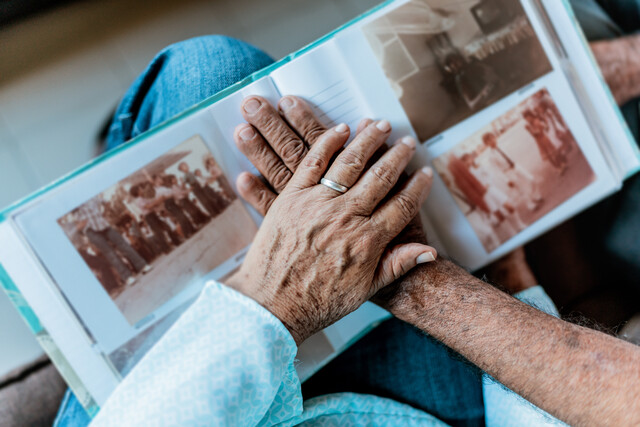
Alzheimer's Disease 101
-

Mediation 101
-

Anti Aging Techniques
-

Healthy Relationships
-

Life Coaching 101
-
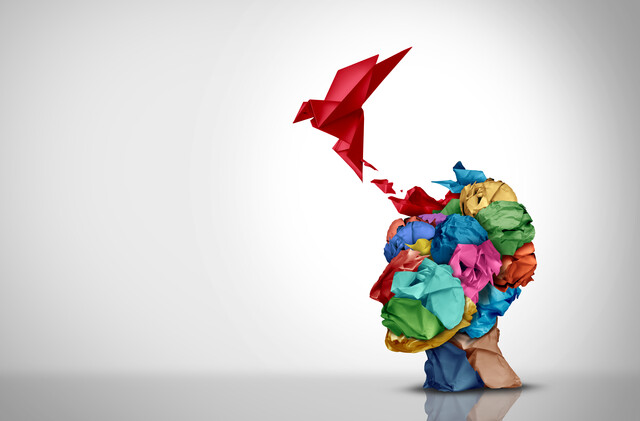
Creative Thinking Skills
-

Lifetime Wellness 101
-
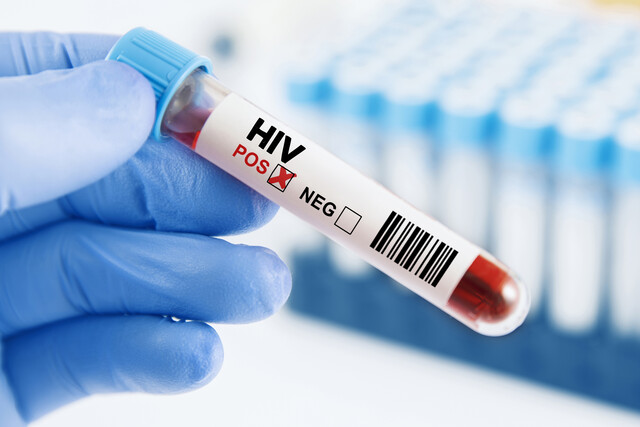
Caring for Patients with HIV/AIDS
-

Innovative Thinking Skills
-

Aging and Long Term Care
-

Assertiveness Training
-

Anxiety Therapy 101
-

Critical Thinking Skills
-

Conflict Resolution
-

Healing Affirmations
-

Angel Healing
-

Emotional Healing 101
-

Wellness Coaching
-
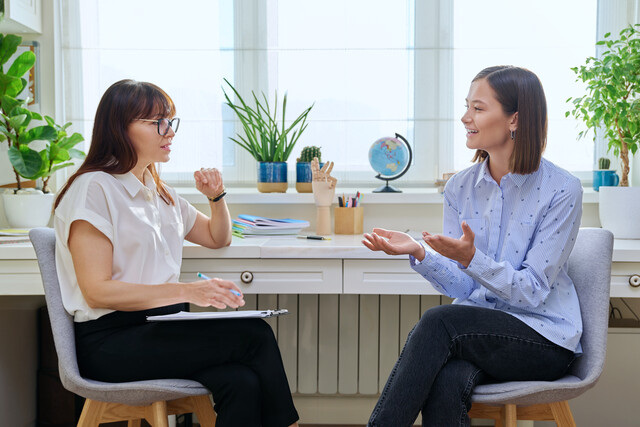
Career Coaching